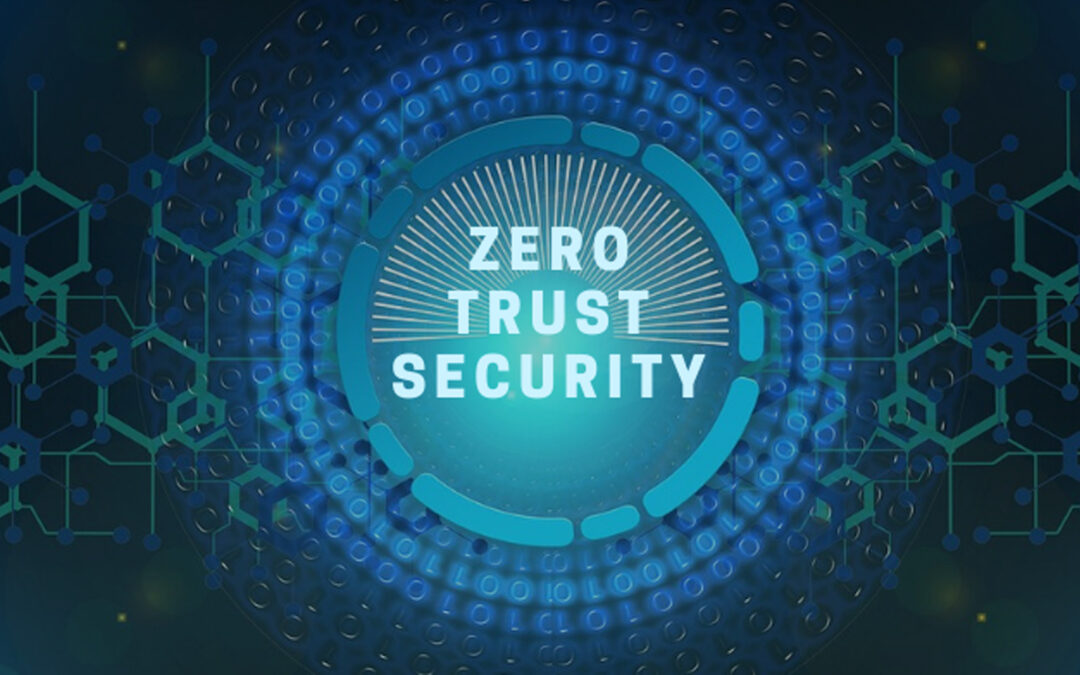Adopting Zero Trust Architecture (ZTA) is a strategic move to bolster your organization’s cybersecurity defenses. Here’s a detailed guide to help you implement this approach effectively in your business.
Introduction: Why Zero Trust Matters
The traditional perimeter-based security model is no longer sufficient in today’s complex and dynamic digital landscape. Zero Trust Architecture provides a more robust and adaptive security framework by assuming that every entity, whether inside or outside the network, poses a potential threat. This guide will walk you through the process of implementing Zero Trust in your organization.
Step 1: Assess Your Current Security Posture
Objective: Identify existing security gaps and understand the current state of your network.
- Inventory Assets: Document all digital assets, including hardware, software, data, and network components.
- Evaluate Access Controls: Review current access control mechanisms and identify areas where improvements are needed.
- Identify Vulnerabilities: Conduct a thorough vulnerability assessment to pinpoint weak spots in your security infrastructure.
Step 2: Develop a Zero Trust Strategy
Objective: Create a comprehensive plan that outlines your goals and the steps needed to achieve them.
- Set Clear Objectives: Define what you aim to achieve with Zero Trust, such as reducing unauthorized access or improving data protection.
- Stakeholder Involvement: Engage key stakeholders from various departments to ensure alignment and gather input.
- Create a Roadmap: Develop a detailed roadmap that includes timelines, milestones, and responsible parties.
Step 3: Implement Strong Identity Verification
Objective: Ensure that every access request is rigorously authenticated.
- Multifactor Authentication (MFA): Deploy MFA across all user accounts to add an extra layer of security.
- Single Sign-On (SSO): Implement SSO to streamline the authentication process while maintaining security.
- Continuous Identity Verification: Use tools that continuously verify user identities based on behavior and context.
Step 4: Enforce Least Privilege Access
Objective: Minimize the risk of unauthorized access by granting the minimum necessary privileges.
- Role-Based Access Control (RBAC): Define roles and assign permissions based on job functions.
- Regular Access Reviews: Conduct periodic reviews to ensure that access privileges are still appropriate.
- Automated Provisioning: Use automated tools to manage access rights dynamically as roles change.
Step 5: Implement Micro-Segmentation
Objective: Limit the potential impact of a security breach by dividing the network into smaller, isolated segments.
- Network Segmentation: Segment your network based on function, sensitivity, or other relevant criteria.
- Access Control Lists (ACLs): Use ACLs to enforce policies within each segment.
- Secure Communication: Ensure that communication between segments is secure and monitored.
Step 6: Establish Continuous Monitoring and Response
Objective: Detect and respond to suspicious activities in real-time.
- Deploy Monitoring Tools: Use advanced monitoring tools to keep an eye on network traffic, user behavior, and system activities.
- Behavioral Analytics: Implement behavioral analytics to detect anomalies that might indicate a breach.
- Incident Response Plan: Develop and regularly update an incident response plan to address potential security incidents promptly.
Step 7: Educate and Train Employees
Objective: Ensure that all employees understand the principles of Zero Trust and their role in maintaining security.
- Security Awareness Training: Conduct regular training sessions to educate employees about Zero Trust and security best practices.
- Policy Communication: Clearly communicate security policies and procedures to all staff.
- Phishing Simulations: Run phishing simulations to test employee awareness and preparedness.
Step 8: Regularly Review and Update Your Strategy
Objective: Adapt to evolving threats and continuously improve your security posture.
- Routine Audits: Conduct regular audits to assess the effectiveness of your Zero Trust implementation.
- Feedback Loop: Establish a feedback loop to gather input from stakeholders and adjust your strategy as needed.
- Stay Informed: Keep abreast of the latest developments in cybersecurity to ensure your Zero Trust strategy remains relevant and effective.
Summary
Implementing Zero Trust Architecture is a comprehensive process that requires careful planning, execution, and ongoing management. By following these steps, your organization can build a more resilient security framework that better protects against modern cyber threats. Zero Trust is not just a trend but a necessary evolution in how we approach cybersecurity, providing a proactive and dynamic defense against an ever-changing threat landscape.

